Biophysical Characterisation Service
- Fragment screening and hit validation
- Lead optimization and SAR studies
- Epitope mapping and antibody-antigen interaction analysis
- Formulation development and protein engineering
- Protein-protein, protein-peptide, or protein-small molecule interaction studies
- Aggregation and stability evaluation during storage or under stress
Biophysical characterization is a fundamental step in modern drug discovery and development, offering a detailed understanding of molecular interactions, stability, structure, and binding kinetics between drug candidates and their biological targets. This multidimensional approach aids in validating hits, optimizing leads, and minimizing the risk of attrition in later development stages. Biophysical characterization techniques such as Surface Plasmon Resonance (SPR), Isothermal Titration Calorimetry (ITC), and Dynamic Light Scattering (DLS) provide valuable insights that cannot be obtained from biochemical assays alone.
Biophysical analysis plays a pivotal role in structure-based drug design (SBDD), fragment-based drug discovery (FBDD), and hit-to-lead campaigns. These tools enable researchers to deconvolute complex binding events, characterize thermodynamic profiles, and assess conformational changes, aggregation propensity, and protein stability. As drug discovery becomes more targeted and mechanism-driven, the demand for accurate, label-free, real-time biophysical measurements has intensified.
Service at MtoZ Biolabs
MtoZ Biolabs delivers a comprehensive Biophysical Characterisation Service to support target-based drug discovery and molecular mechanism studies. By leveraging a diverse range of orthogonal methods, we help clients gain precise insights into protein structure, stability, and ligand binding behavior, facilitating informed decision-making from hit validation to lead optimization.
Our Biophysical Characterisation Service platform integrates the following core techniques:
Provides high-resolution atomic structures of proteins and protein–ligand complexes. Suitable for structure-based drug design (SBDD) and identifying binding conformations.
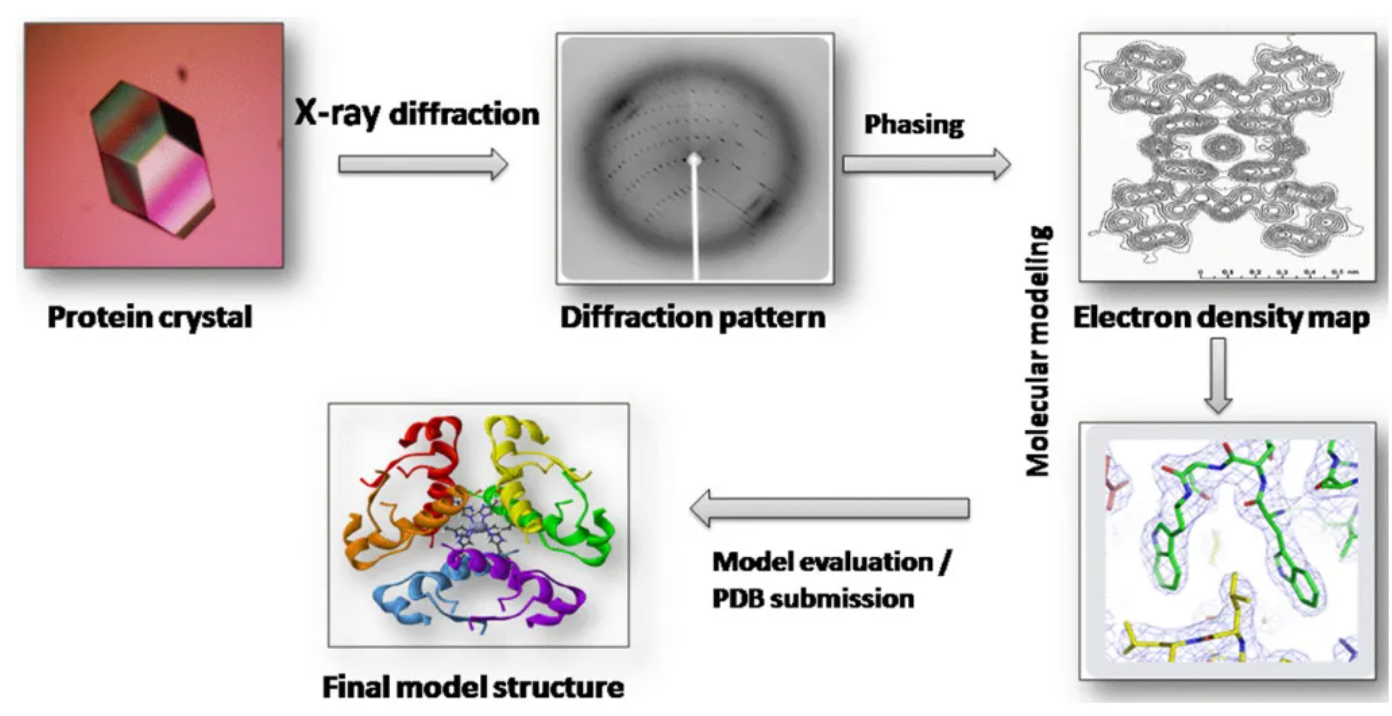
Umesh, B. et al. 2019.
Figure 1. Workflow of X-Ray Crystallography Protein Structure Determination
💠Nuclear Magnetic Resonance (NMR) Spectroscopy
Offers analysis of protein structures and dynamics. Ideal for studying flexible regions, small proteins, and interaction interfaces at atomic resolution.
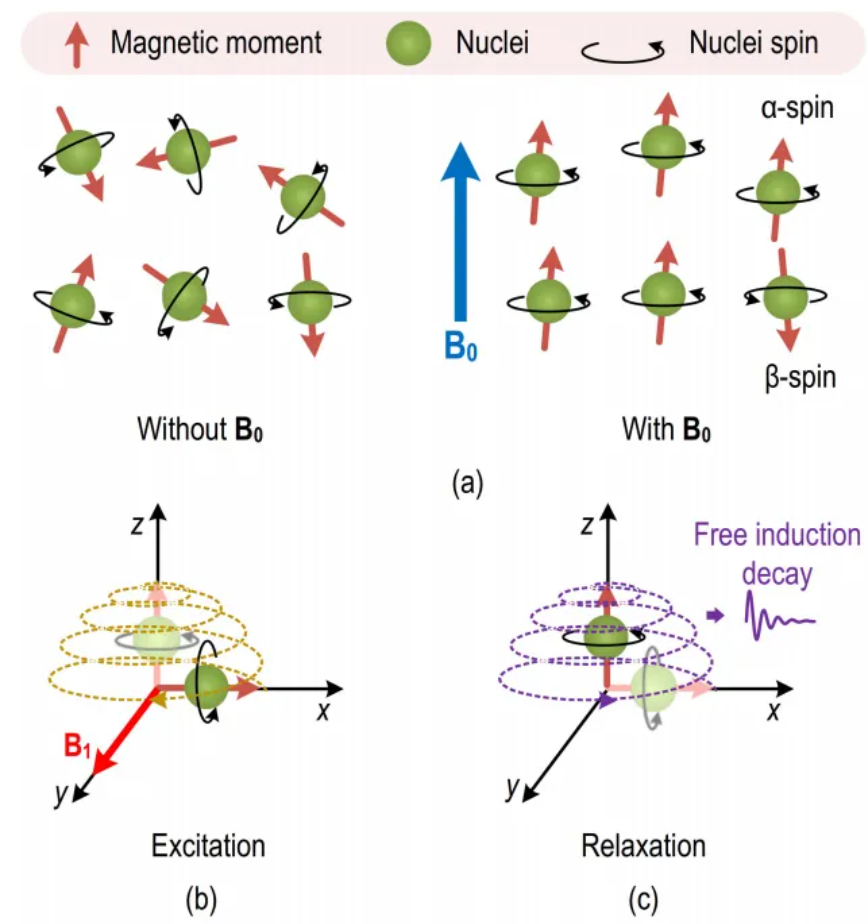
Fan, S. et al. TCAS-I. 2022.
Figure 2. The Principle of NMR
💠Cryo-Electron Microscopy (Cryo-EM)
Enables visualization of large or heterogeneous protein complexes in near-native states. Essential for structure elucidation of membrane proteins and dynamic assemblies.
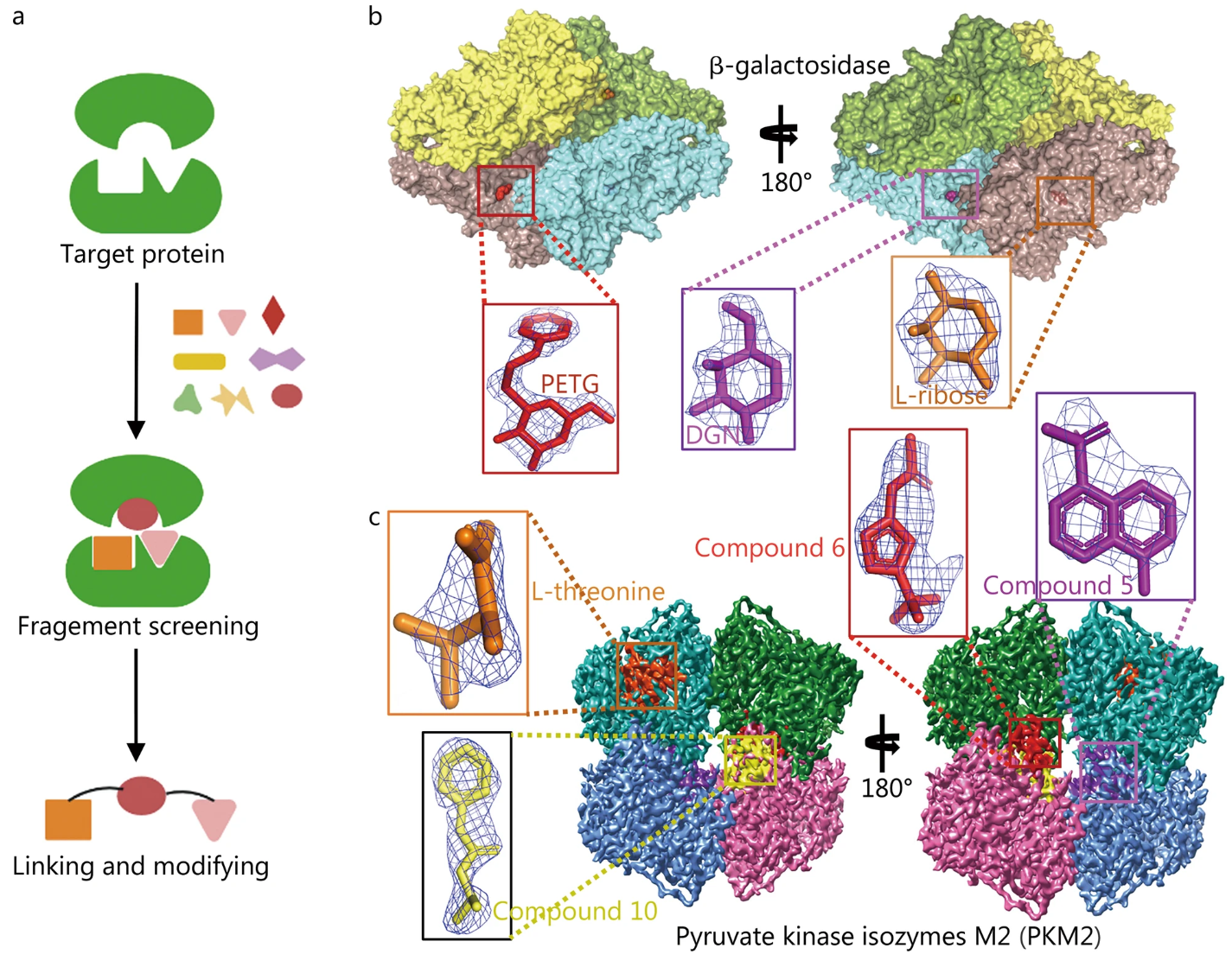
Zhu, K. F. et al. Mil Med Res. 2023.
Figure 3. Application of Cryo-EM in Fragment-Based Drug Design (FBDD)
💠Dynamic Light Scattering (DLS)
Measures hydrodynamic radius and size distribution of biomolecules in solution, assessing sample homogeneity, aggregation, and suitability for downstream structural analysis.
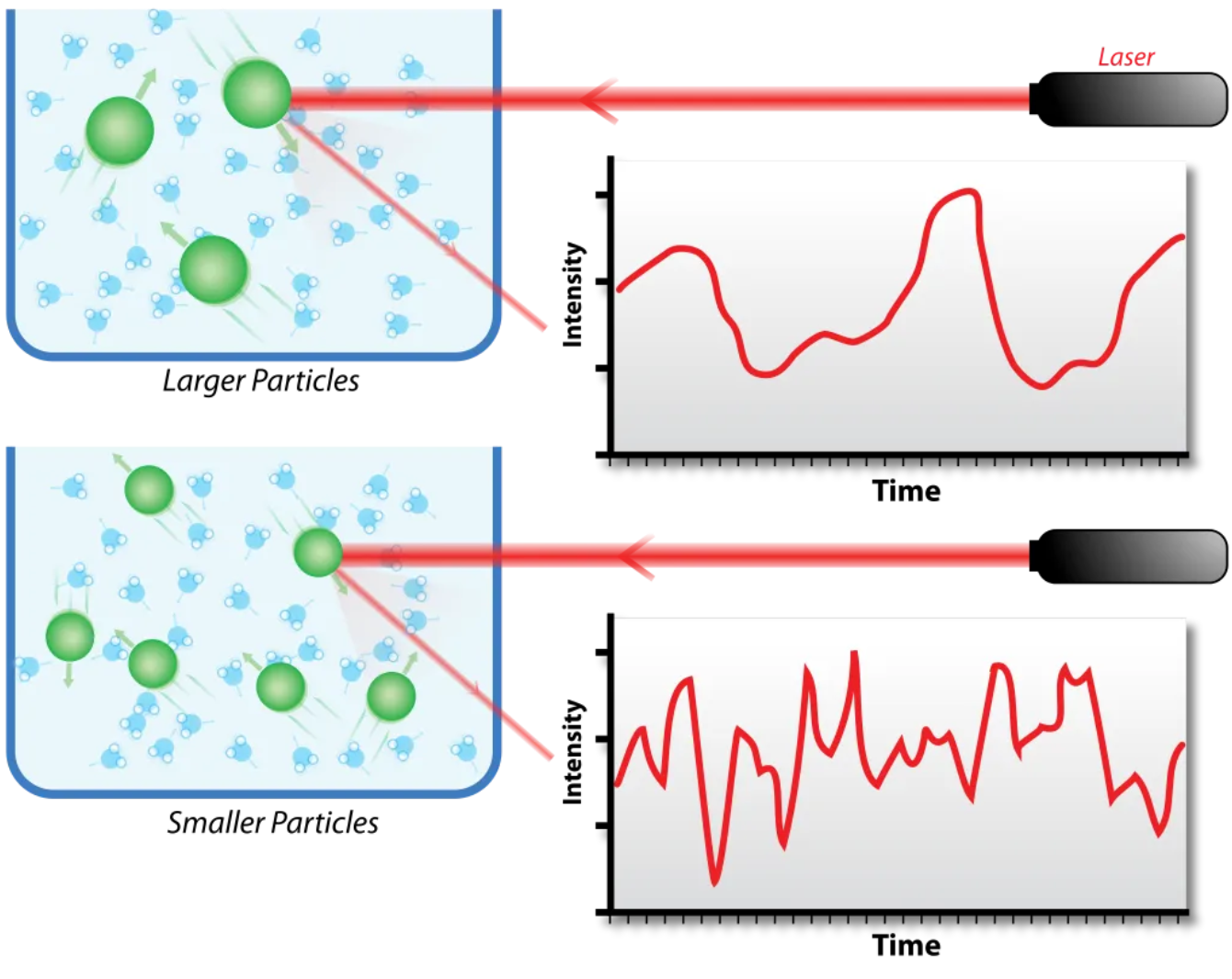
Figure 4. Analysis Based on Dynamic Light Scattering (DLS)
💠Surface Plasmon Resonance (SPR)
Monitors real-time, label-free binding interactions, providing kinetic parameters and affinity constants for protein-small molecule, protein-protein, or protein-antibody pairs.
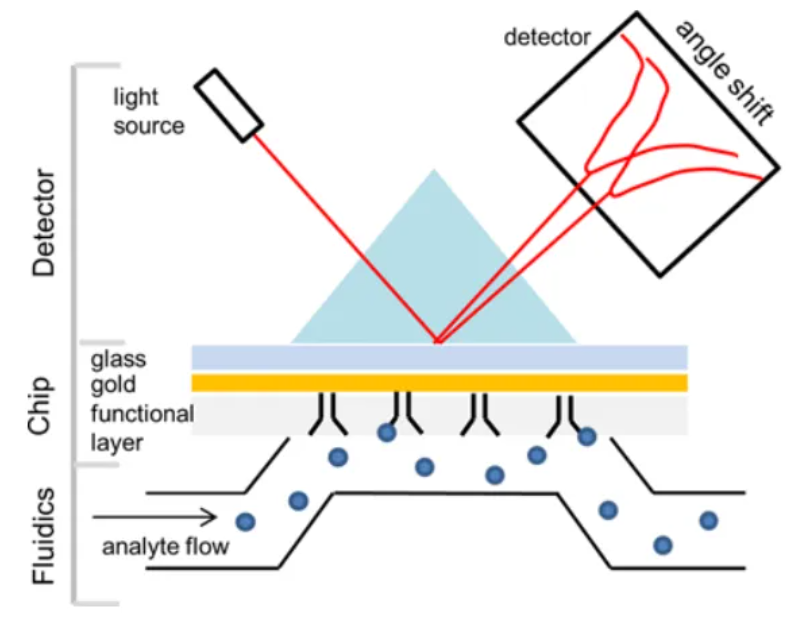
Damborský, P. et al. Essays Biochem. 2016.
Figure 5. Schematic Diagram of SPR Principles
💠Isothermal Titration Calorimetry (ITC)
Quantifies thermodynamic properties of interactions by directly measuring the heat released or absorbed during molecular binding.
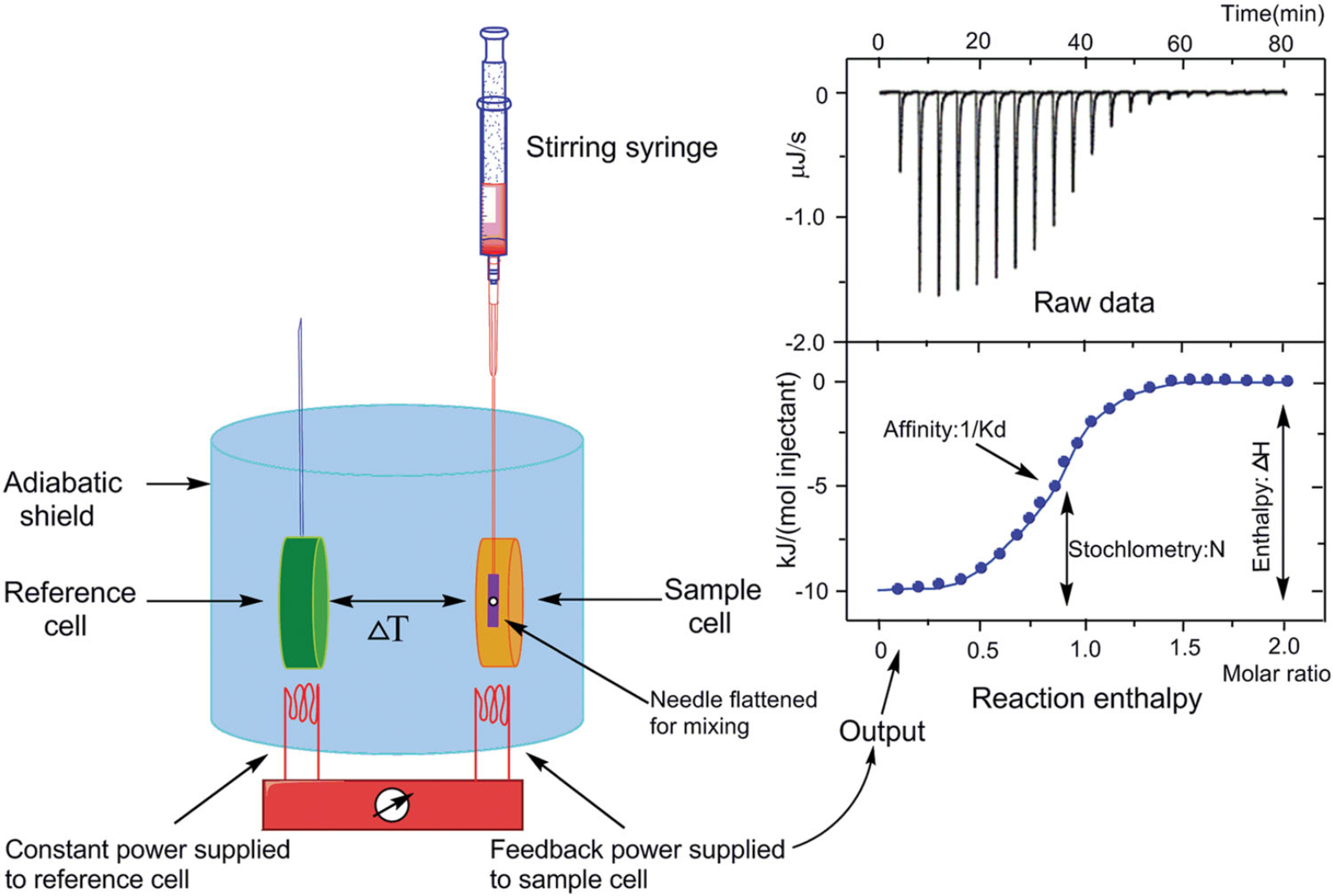
Song, C. et al. Front Microbiol. 2015.
Figure 6. Basic Principle of Isothermal Titration Calorimetry
💠Mass Spectrometry (MS)
Supports structural and interaction analysis through accurate mass determination, mapping of binding sites, conformational changes, and protein-ligand complexes via native MS or HDX-MS.
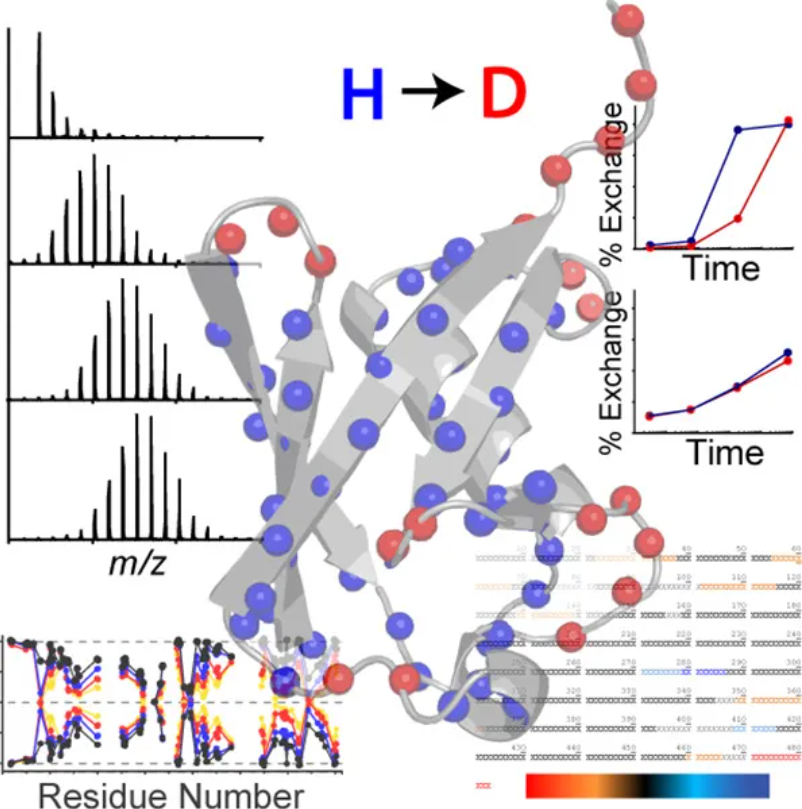
James, E. I. et al. Chem Rev. 2022.
Figure 7. Protein HDX-MS
Each method is selected based on your research goals and sample characteristics. Our scientific team designs customized workflows and ensures robust data generation for confident interpretation and downstream decision-making.
Service Advantages
☑️Comprehensive integration of orthogonal techniques including X-ray crystallography, NMR, Cryo-EM, SPR, ITC, DLS, and MS to support diverse characterization needs.
☑️End-to-end support from study design to result interpretation, ensuring actionable insights at every stage.
☑️Dedicated team with extensive experience in structural biology, biophysics, and early-phase drug discovery.
Applications
Biophysical characterization supports a wide range of applications:
Deliverables
1. Standardized experimental protocols and quality control summary
2. Raw and processed data
3. Key biophysical parameters
4. Graphical data presentations and interpretation of results. (e.g., sensorgrams, thermograms, spectra, and chromatograms)
5. Final analysis report with recommendations
MtoZ Biolabs is your trusted partner for in-depth biophysical insights that accelerate data-driven decisions in drug discovery. Contact us today to discuss your project and request a custom proposal.
Related Services
Structure Based Drug Discovery Services
Fragment Based Drug Discovery Service
Hit Identification Service | Drug Discovery
How to order?







